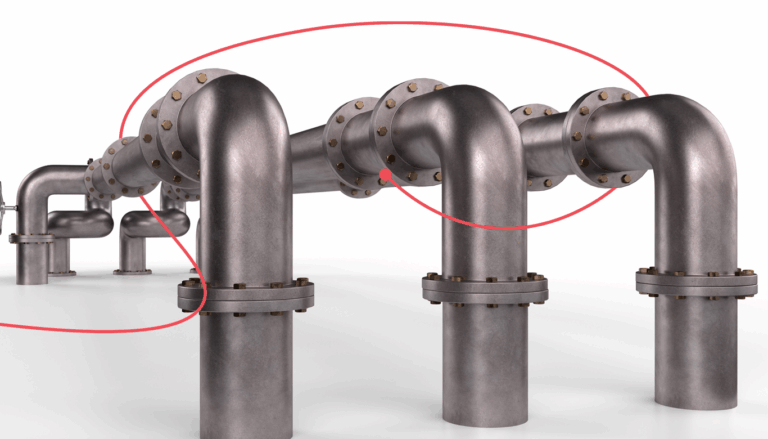SAP DevOps allows businesses to be more agile and focus on innovation, not just keeping the lights on. The benefits are clear, yet integrating SAP DevOps into your SAP landscape can be difficult.
A fundamental challenge for organizations is that SAP on-premises ERP Core Component is a closed systems with a few interfaces exposed for integrating other software development tools. But DevOps isn’t just about technology. Organizations that rely on traditional, siloed, disconnected manual processes and systems also limit the success of an SAP DevOps strategy
3 Steps to SAP DevOps
It doesn’t have to be a challenge; there are efficient ways to integrate SAP DevOps into your SAP landscape and realize advantages, including:
- Rapid deployment of new features and functionalities
- Massively reduced unexpected downtime
- Quick response to constant changes in business demand
This is where Rev-Trac Platinum, the SAP DevOps Orchestration Platform, can be of benefit. With Rev-Trac, organizations can adopt a unified approach to SAP DevOps, accelerating and optimizing SAP deployments.
What are the steps to achieving your SAP DevOps objectives? In this comprehensive blog series, I reveal the “3 Steps to SAP DevOps success with Rev-Trac Platinum”. This series explains how to build a unified SAP DevOps strategy to improve the performance, management, and flexibility of your SAP systems.
In this first blog, or Step 1, I look at the heart of your SAP landscape, the ABAP core. You will learn:
- Why ABAP is central to SAP DevOps strategies
- How to manage SAP changes to the ABAP core
- Why Rev-Trac Platinum is fundamental to controlling ABAP changes
ABAP: the core of your SAP DevOps strategy
If you work with SAP systems, understanding ABAP is essential. ABAP isn’t just another programming language. It powers everything from routine transactions to complex systems transformations. It’s only logical, then, that ABAP be the core or the foundation of your SAP DevOps strategy.
However, integrating ABAP into your SAP DevOps strategy requires careful planning, coordination, and a reliable solution. That tool is Rev-Trac Platinum, the SAP DevOps Orchestration Platform.
At a fundamental level, Rev-Trac is an automated SAP change and transport management workflow engine. The tightly controlled but flexible engine is crucial to integrating ABAP into your SAP DevOps strategy. Think of it as the CI/CD tool for your SAP ABAP layer.
Rev-Trac: Ensuring smooth delivery of ABAP changes
The first step in the process, and arguably the most important, is to establish control over the delivery of ABAP changes. Fast and efficient change management relies on process enforcement.
Rev-Trac combines automated enforcement capabilities that guarantee standardized management processes are followed, documenting and tracking every SAP (ABAP) change. The fully auditable controls allow you to manage all your critical changes to the ABAP core efficiently, moving large volumes of high-quality change quickly, whether for BAU, projects, upgrades, transformations, or migrations.
Effective enforcement reduces the risk of uncontrolled changes. Rev-Trac helps ensure that every SAP change delivered to your ABAP core aligns with your DevOps strategy and meets compliance requirements, minimizing disruptions and maximizing SAP system stability and performance.
Looking ahead: Controlling it all
Integrating SAP DevOps into your SAP landscape doesn’t start and end with managing ABAP changes. It is a crucial step – without controlling the ABAP core, delivering high-volume, rapid, low-risk SAP changes is challenging.
Yet, there are other non-ABAP control that you will need to integrate into your SAP change workflow for SAP DevOps success. In the next blog, I will reveal how to add non-ABAP controls to your deployment layer and discuss the best practices for managing these controls efficiently.
For more information on Rev-Trac Platinum, the SAP DevOps Orchestration Platform, and how to take control of the ABAP core, visit here.






